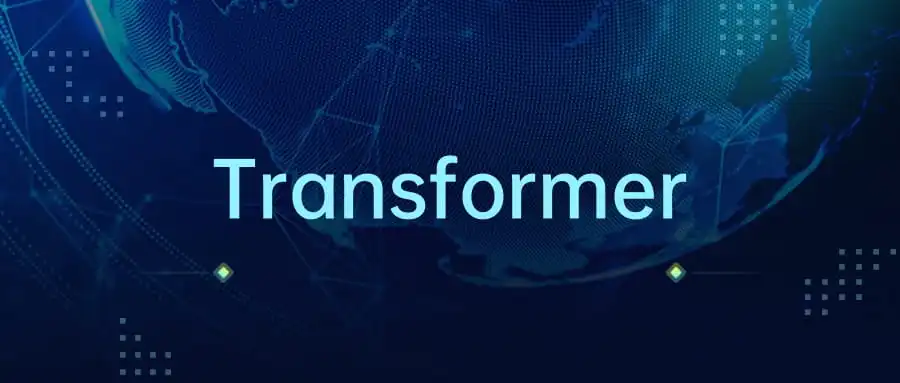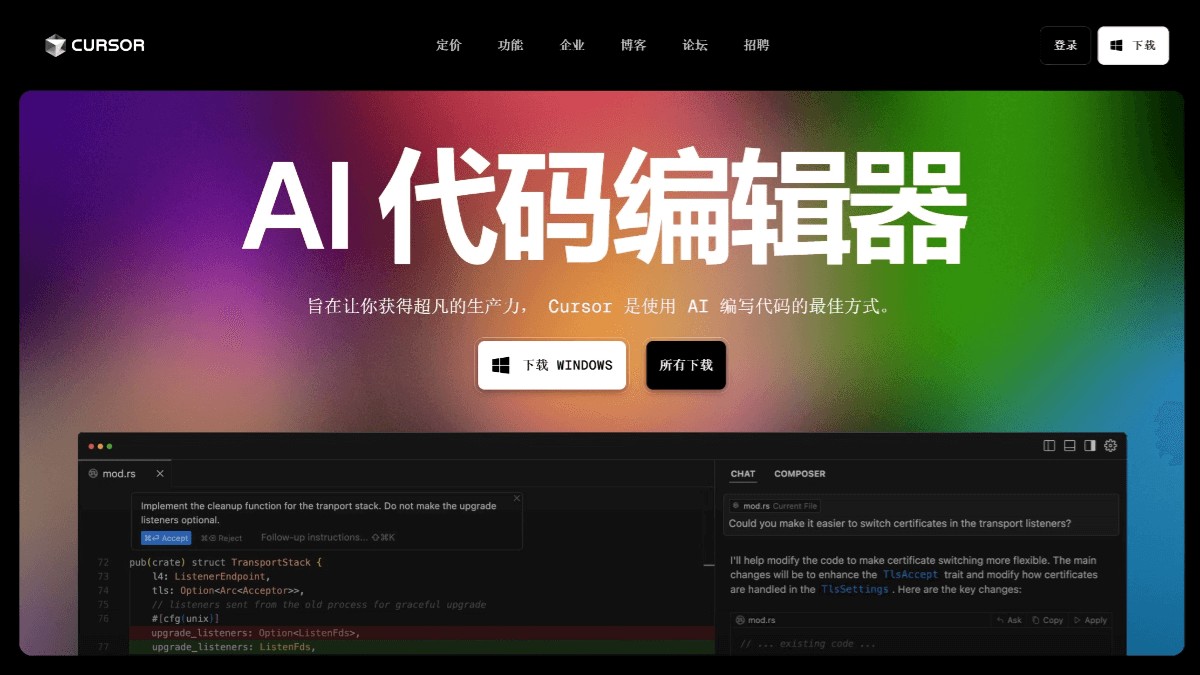
Transformer is a deep learning architecture for natural language processing (NLP) proposed by Vaswani et al. in 2017. It greatly improves the efficiency and effectiveness of the model through self-attention mechanism (Self-Attention) and parallel processing. The Transformer structure mainly consists of an encoder (Encoder) and a decoder (Decoder), and is widely used in tasks such as machine translation, text generation, and sentiment analysis.
Self-Attention : Helps the model understand long-distance dependencies in sentences by calculating the relationship between each word and other words. For example, when translating, the model will focus on other related words based on the context of the current word.
Multi-Head Attention : Divide query, key, and value vectors into multiple heads for parallel calculation, which helps capture different semantic information.
Positional Encoding : Since Transformer does not use loop structures, positional encoding is used to provide positional information of words in the sentence.
Feed-Forward Networks : Each layer of Transformer contains a simple fully connected neural network to process the representation of each word.
Layer Normalization : used to stabilize training and reduce fluctuations during model training.
The basic structure of Transformer includes multiple layers of stacked encoders and decoders .
Encoder : Responsible for processing the input sequence and outputting a context-sensitive representation.
Decoder : Generates an output sequence, often used for tasks such as machine translation.
Parallel processing : Transformer can process all words in the input sequence at the same time, making training faster.
Long-range dependency modeling : The self-attention mechanism can handle the relationship between distant words, overcoming the limitations of traditional RNN.
Flexibility : Works with a variety of data types, including text, images, etc.
Machine translation : Transformer greatly improves the effect of machine translation.
Text generation : such as GPT series and BERT series for text generation and sentiment analysis.
Image processing : Vision Transformer (ViT) excels in image classification.
Reinforcement learning : used to process multi-modal inputs and improve the performance of reinforcement learning tasks.
The Transformer architecture solves the limitations of traditional RNN through self-attention mechanism and parallel processing, improving training speed and task effects. Today, Transformer has become the infrastructure for NLP and other fields.



